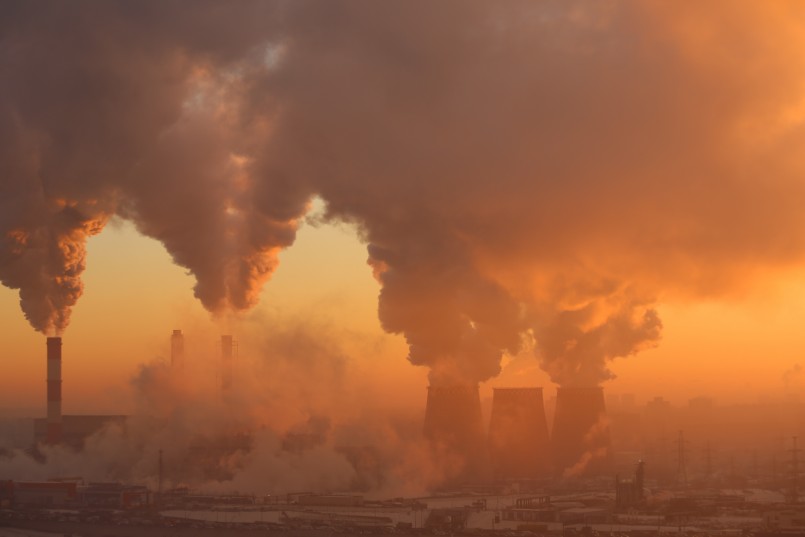Environment
Are you doing enough for the earth? How to reverse climate change solo

Image: Shutterstock/lexaarts
Climate change may seem like a problem that’s bigger than all of us. Setting out to reverse climate change alone is a big feat. To the point where it’s not even worth caring about. You may have even heard people say that since the planet is so big, there’s no way humans are even responsible for climate change, let alone able to reverse climate change. And since the planet is so big, there’s no reason they, as an individual, should need to even care.
How easy it is to forget there’s more than seven billion of us now, each using resources. Plus, all the pollution and trash we’ve accumulated from previous generations. So it stands to reason that to reverse climate change has to start somewhere. Why not at the individual level? So below are several ways to help reverse climate change right now.
Watch your driving habits
It’s no secret that burning fuel while driving is one of the primary contributors to greenhouse gasses and the growing signs of climate change. You don’t need to invest in an electric vehicle tomorrow, but try to be mindful of how much you’re driving. Simple and common tips that are easy to forget, like trying to carpool, coordinating and combining errands so you’re driving less and walking or riding a bike to places that are local, are relatively simple to do.
Other more involved tips involve basic car maintenance. Make sure your tires have enough air to increase fuel efficiency. Tires that are low on air require more fuel to power forward. Make sure to get regular car tune-ups and keep up on maintenance, as a cared-for car will have better fuel efficiency in general.
And, yeah, maybe consider a fuel-efficient vehicle, like an electric option, if you’re looking or saving for a new car.
Remember the three Rs
Repeat after me: Reduce, Reuse, Recycle. It’s not just a goofy ad slogan they teach you in grade school. It’s a philosophy that just makes sense. Reusing what we have now reduces global greenhouse emissions as we cut waste out of the manufacturing process. Industry on the whole, including chemical processes needed to create products out of raw materials, accounted for 21% of U.S. greenhouse gas emissions in 2014.
This one’s probably the easiest habit to get into. Simply have a recycling bin right in your kitchen next to your garbage can, if you don’t already. You may be surprised how much you can divert from landfills by moving your hand six inches to the left or right. Also, remember to donate used items or recycle used electronics at approved electronics recycling locations.
Work towards a more energy-efficient home
Wasting energy and resources at home also produces greenhouse gasses. The easiest way to achieve more energy efficiency in your home is to look for ENERGY STAR-rated home products, if you don’t already. According to the EPA, replacing your five most-used lights with ENERGY STAR-rated bulbs saves an estimated $70 per year on energy bills.
Another huge energy-saver is making sure your home is sealed well. By using weather stripping, insulation and caulk to cut back on drafts, the EPA estimates that people could save up to 20% on heating/cooling costs.
And finally, make sure to calculate your home’s carbon footprint, which you can do here. That will gave you an estimate on what you’re wasting where and what improvements you can make.





0 comments